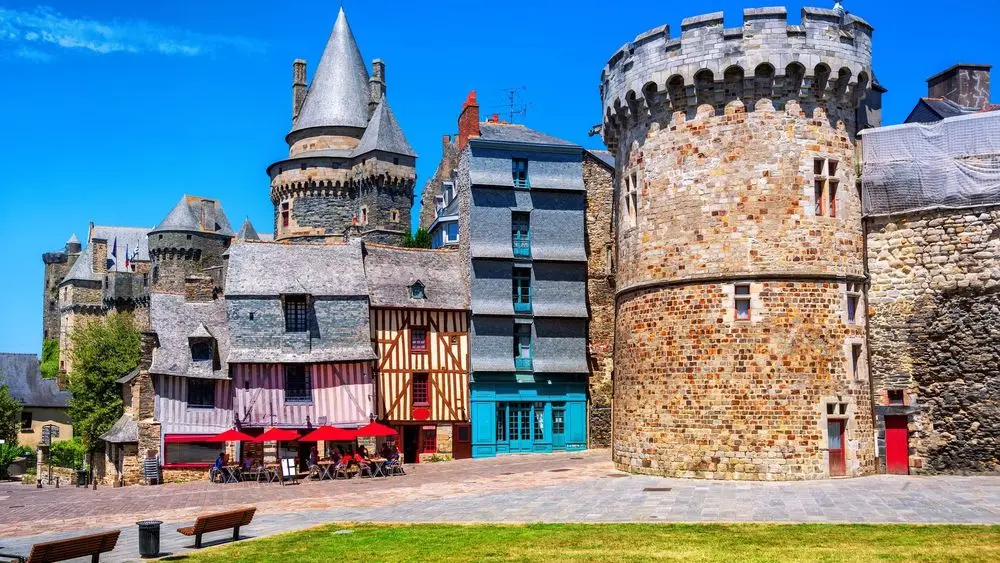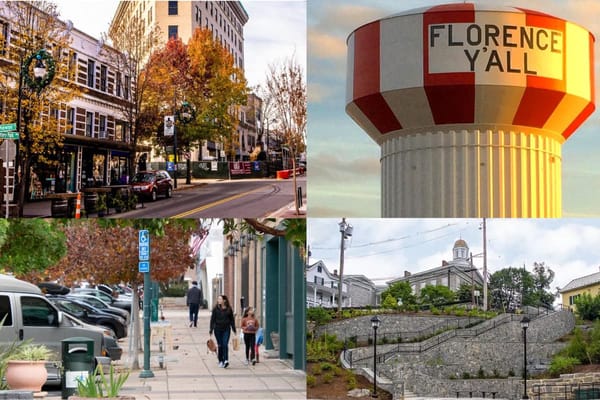12 Car-Free Beach Escapes in Europe You’ll Never Forget
I’ll be honest: I used to think beach holidays meant renting a car, navigating spaghetti roads with questionable signage, and praying for parking within a mile of the sea. But once you’ve had a taste of Europe’s car-free coastal gems, it’s hard to go back. There’s something deeply freeing about ditching the car and letting your trip unfold on foot, by bike, or ferry. You move slower, sure—but you also see more, feel more. You remember more.
Over the past few years, I’ve found myself seeking out places where engines fade into the background and life moves at the pace of conversation and sea breeze. These are the spots that stay with you—not just because they’re beautiful, but because you’re truly present while you’re there. Here's a dozen of my all-time favorites—car-free (or nearly), stress-free, and guaranteed to shift your gears.
1. Ile de Groix - Brittany, France
This one caught me off guard—in the best way. Just a short ferry from Lorient, Île de Groix feels like stepping into an old mariner’s diary. You’re not just visiting a beach; you’re walking the same cliffs and coves that Vikings, tuna fishermen, and stone-age traders once did.
Most visitors rent bikes the second they arrive, but honestly, I loved just walking. There’s a 27-km trail that loops the island, and the coastline changes so dramatically—wild cliffs here, garnet-sand beaches there—you never get bored. If you catch it at low tide, make time for Grande Sables, that rare convex beach that looks like it’s trying to escape into the sea. It’s a little miracle of nature, the kind of thing you'd miss if you were racing around in a car.
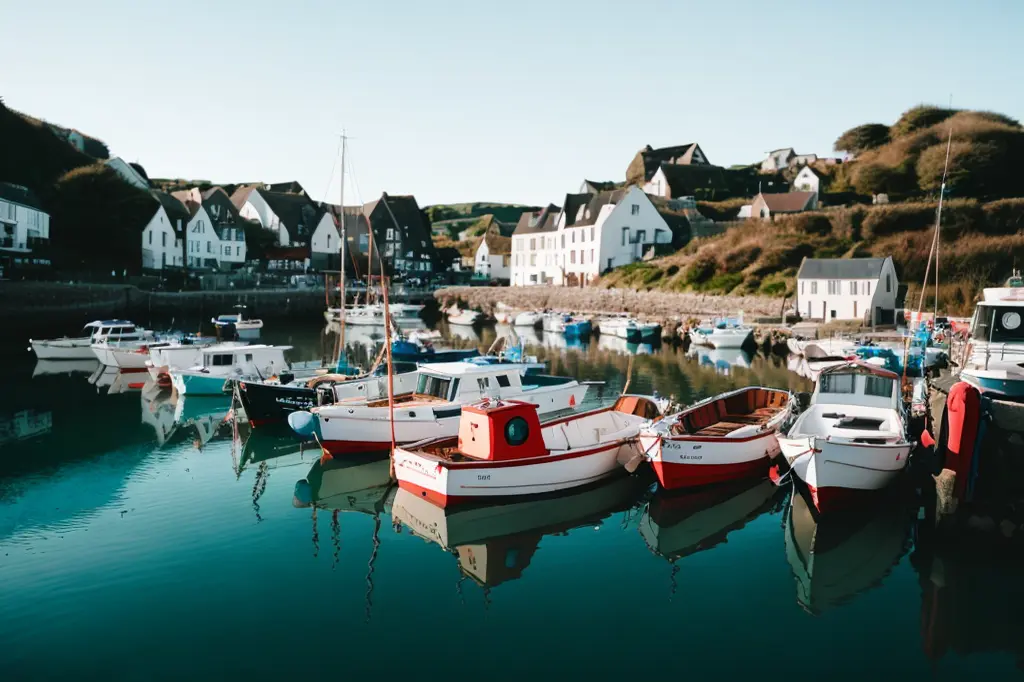
Important Information
How to Get There
Ferry from Lorient (45 minutes). Lorient is linked to Paris by TGV in about 3.5 hours.
What to Pack
Walking shoes, light rain jacket, swimwear, and a reusable water bottle.
Accommodations
Small hotels, guesthouses, and holiday rentals. Book early for summer.
Best Time to Visit
June to September for warm weather; September is quieter.
Accessibility
Main harbor is flat, but many beaches and trails are uneven.
2. Porquerolles - French Riviera
If you’ve ever wanted the South of France without the snobbery or speed traps, this is it. Porquerolles is just… effortless. You arrive by boat, you grab a rental bike, and suddenly you’re gliding through pine forests and olive groves like you’re in a French art film.
There’s this gorgeous northern beach—Plage Notre-Dame—that I always end up coming back to. Quiet, warm, ridiculously clear water. Once, I fell asleep under a eucalyptus tree and woke up to jazz floating over from a nearby café. No joke. Even the air here is softer. The island’s part of a national park, so it feels protected in every sense of the word.
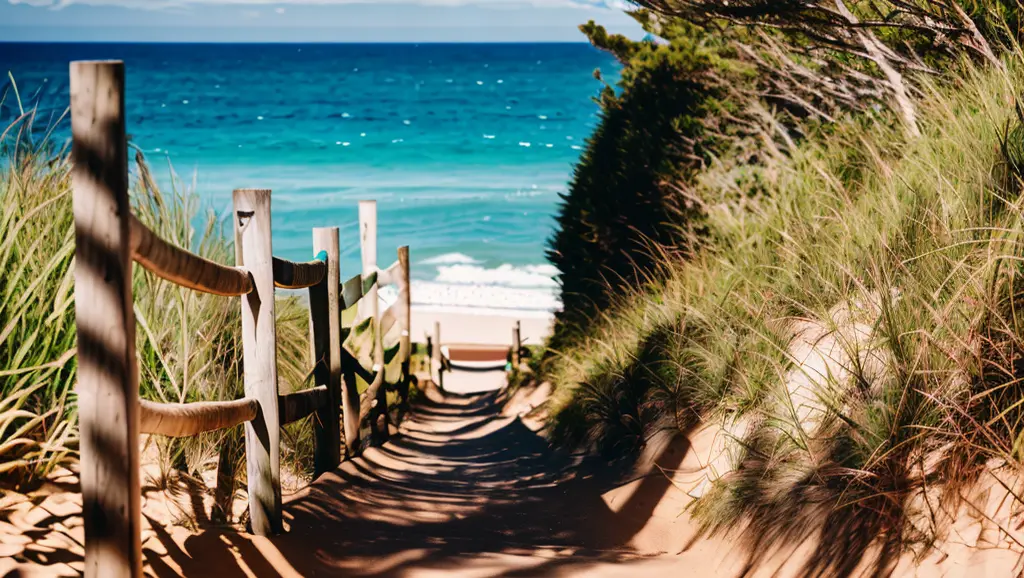
Important Information
How to Get There
Ferry from La Tour Fondue on the Giens Peninsula (15 minutes). Toulon and Hyères have train connections.
What to Pack
Bicycle gear, sunscreen, hat, and beach sandals.
Accommodations
Boutique hotels and a few small inns in the main village.
Best Time to Visit
May, June, or September for pleasant temperatures and fewer crowds.
Accessibility
Village center is accessible, but many coastal trails are unpaved.
3. Binibeca - Menorca, Spain
Binibeca looks like it was sketched by a child who just learned how to draw houses—and I mean that in the best way. White cubes, tiny alleyways, archways you have to duck under—it’s got this quirky, handmade feel that’s completely irresistible.
Yes, it’s a “reconstructed” fishing village, but who cares? It works. No cars in the old town, just footpaths and quiet corners. I remember getting lost there one evening, following the smell of grilled calamari until I stumbled on a restaurant with five tables and a view of the sea. Best wrong turn I’ve ever taken.
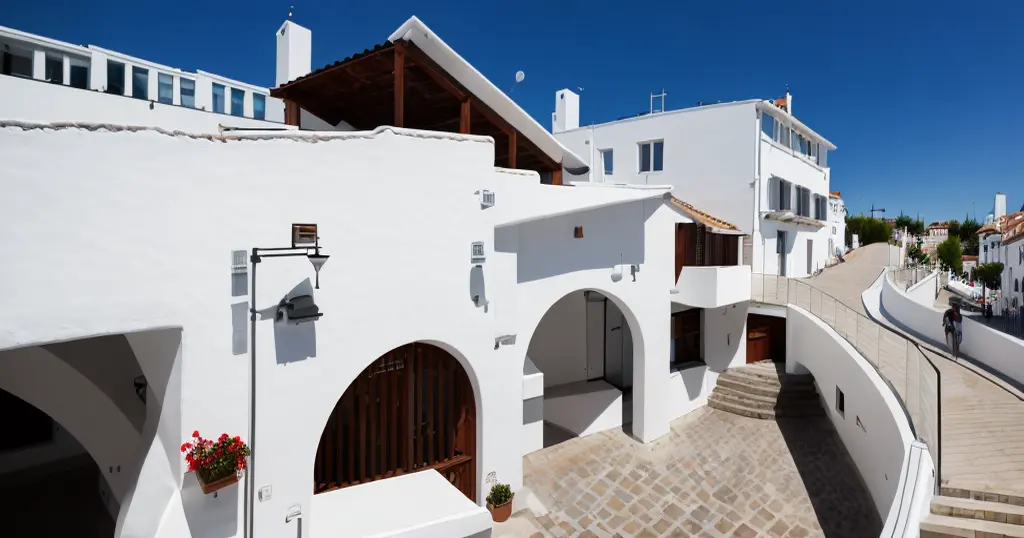
Important Information
How to Get There
Bus or taxi from Mahón Airport (20 minutes). Public buses connect nearby beaches.
What to Pack
Light clothes, swimwear, snorkeling gear, and a sun hat.
Accommodations
Holiday apartments and small hotels; larger resorts are further away.
Best Time to Visit
Late May to early October; July–August is hottest and busiest.
Accessibility
Cobbled lanes can be uneven; some areas have steps.
4. Tropea - Calabria, Italy
Tropea has that drama—perched high above the sea, old stone buildings clinging to the cliffs, like they’re trying to eavesdrop on the waves below. The beach is stunning, yes, but it’s the town that gets under your skin.
Wandering those narrow streets feels like peeling back layers of history. Baroque churches, faded frescoes, a trattoria tucked into a courtyard where the gnocchi tastes like someone's nonna still stirs the pot. And then you look up and see the sanctuary of Santa Maria dell’Isola sitting like a dream above the sea. No car could ever show you that moment.
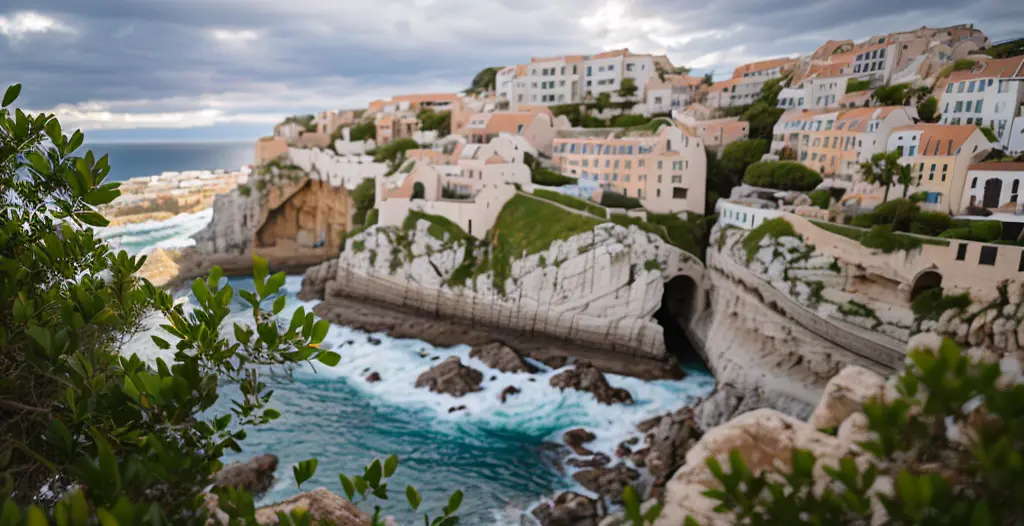
Important Information
How to Get There
Train from Lamezia Terme (1 hour). Lamezia has domestic and some international flights.
What to Pack
Comfortable walking sandals, beach gear, and a camera for cliff views.
Accommodations
Family-run hotels and B&Bs in the old town and along the coast.
Best Time to Visit
May–June and September for warm weather and fewer tourists.
Accessibility
Steep streets and stairs make access challenging in parts of the old town.
5. Lopud - Croatia
If you’re looking for the sound of silence, this island has it. Lopud is just off Dubrovnik, but it feels like a world away. You step off the ferry and that’s it—no traffic, no horns, just the creak of boats and the rustle of rosemary bushes.
One morning I hiked to Šunj Beach on the far side of the island. It’s not a long walk, maybe 20 minutes, but it takes you through pine forests that smell like childhood summers. The beach itself? Soft sand, shallow water, and not a single loudspeaker in sight. Just swimmers floating lazily, like leaves in a breeze.
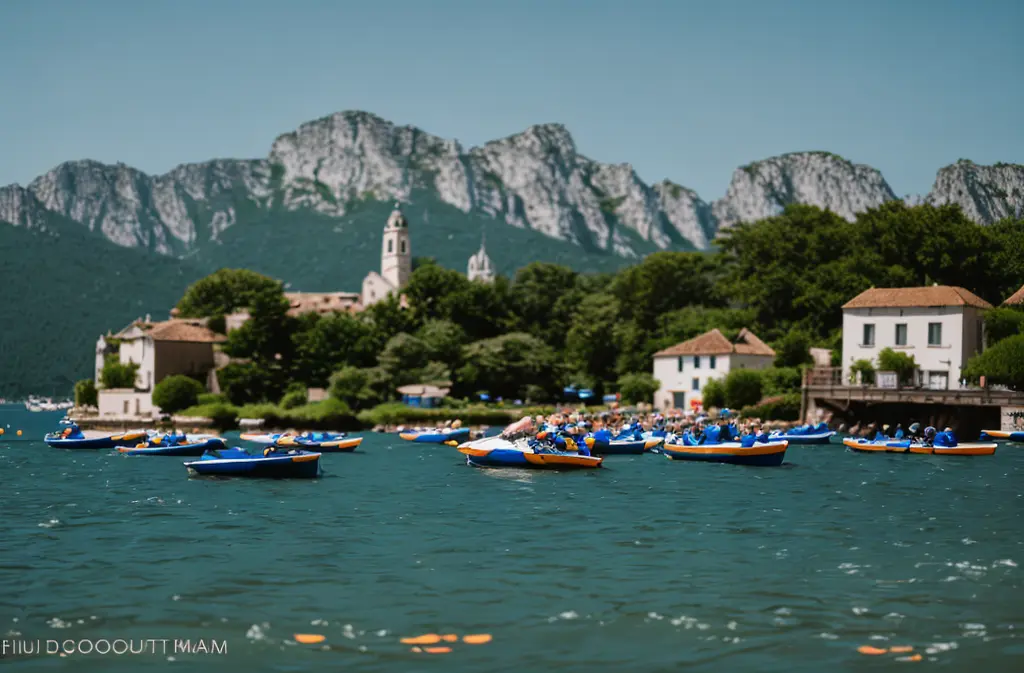
Important Information
How to Get There
Ferry from Dubrovnik’s Gruž port (about 1 hour). Dubrovnik Airport is 30 minutes from the port.
What to Pack
Walking shoes, swimwear, light cover-ups, and cash for small cafés.
Accommodations
Boutique hotels and private guesthouses.
Best Time to Visit
Late May to September for beach weather.
Accessibility
Harbor area is flat; inland paths to beaches may be steep or unpaved.
6. Formentera - Spain
I went here on a whim once—ferry from Ibiza, no expectations—and it blew me away. The beaches are the kind that ruin you for all other beaches: Ses Illetes, with its knee-deep turquoise water that looks Photoshopped in real life.
Bikes rule the roads here, and every little detour leads to something—an old windmill, a fisherman repairing nets, a beach bar with sand floors and mojitos served in jam jars. It’s got that quiet cool Ibiza used to have before the DJs took over.

Important Information
How to Get There
Ferry from Ibiza Town (30 minutes). Ibiza is served by major European flights.
What to Pack
Bicycle gear, reef-safe sunscreen, swimwear, and beach wraps.
Accommodations
Small hotels, villas, and eco-lodges.
Best Time to Visit
May–June and September for warm seas without peak crowds.
Accessibility
Main towns are accessible, but many beaches have sandy or rocky paths.
7. Göcek - Turkey
Göcek doesn’t look car-free at first glance—but give it a day, and you’ll realize everything that makes this place special can only be reached by boat. The harbor is packed with sleek yachts, yes, but also little water taxis that take you to coves where Roman ruins lie half-submerged in the sea.
One day I ended up at Cleopatra’s Bath, a sunken structure surrounded by pine trees. I floated in the warm water, staring at crumbling stone steps underwater, and it hit me: this is why we travel. To stumble into stories, to feel ancient and alive all at once.
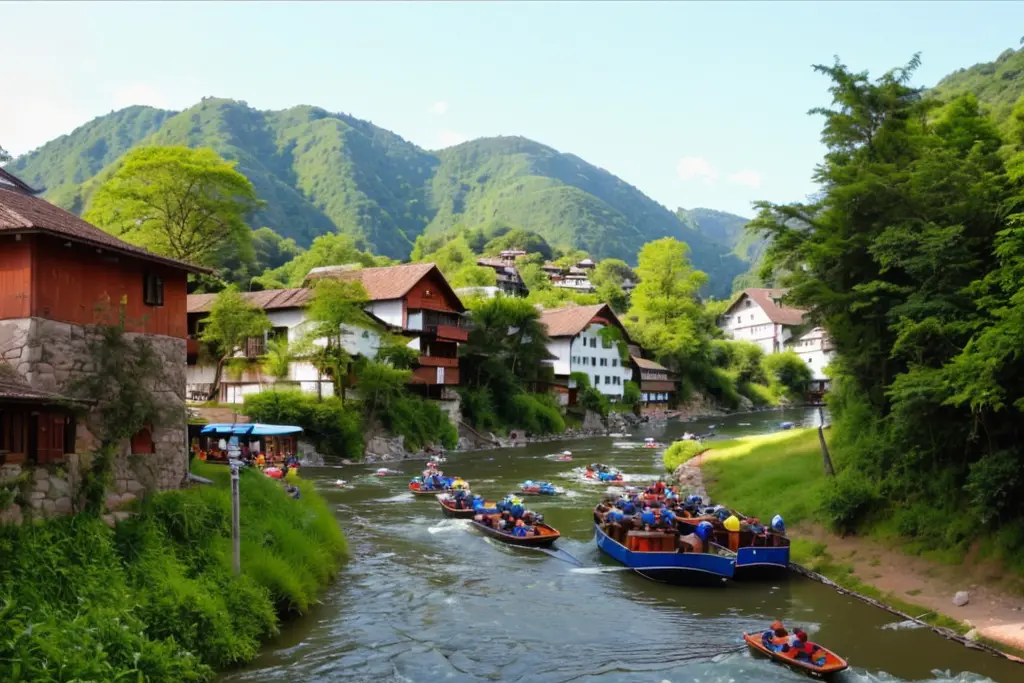
Important Information
How to Get There
Fly to Dalaman Airport (25 minutes by road). Local boats serve nearby bays.
What to Pack
Light clothes, sun protection, swimwear, and boating shoes.
Accommodations
Marina hotels, boutique stays, and guesthouses.
Best Time to Visit
April–June and September–October for mild, dry weather.
Accessibility
Town center is flat; island beaches may require boat access.
8. Serifos - Greece
Serifos is like the Cyclades stripped down to their wild, unpolished essence. No cruise ships, no blaring beach clubs—just hills, wind, and silence. The main town, Chora, sits like a crown atop a mountain, and getting there means zigzagging up through switchbacks that eventually reward you with killer views and even better saganaki.
Many beaches can only be reached on foot or by boat, but that’s part of the deal. My favorite? Psili Ammos—soft sand, zero crowds, and a little taverna with grilled sardines so fresh they almost swim off the plate.
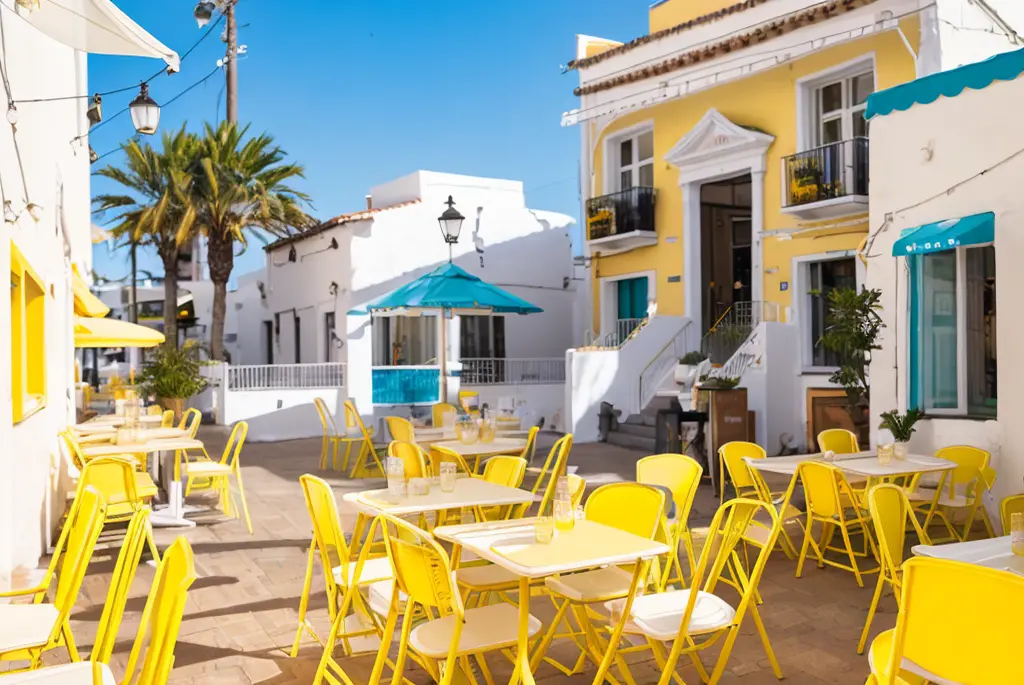
Important Information
How to Get There
Ferry from Piraeus (2–4 hours). Athens International Airport connects worldwide.
What to Pack
Walking shoes for villages, swimwear, sun hat, and a light jacket.
Accommodations
Small hotels, guesthouses, and beachside rooms.
Best Time to Visit
June and September for warm weather without high-season crowds.
Accessibility
Port area is flat; hilltop Chora has steep streets and steps.
9. Ischia - Italy
Ischia has this earthy elegance. Not flashy like Capri, but richer somehow. Maybe it’s the volcanic soil or the centuries of spa culture—it just feels grounded.
Cars exist, but honestly, you’ll do better without one. Walking through Ischia Ponte, with its medieval stone alleys, or soaking in the thermal waters of Negombo with views of the cliffs—it all feels like you’re stepping into some ancient Italian dream. And then there’s the food. One night I had coniglio all’ischitana (rabbit stew) that nearly made me weep. Still chasing that flavor.

Important Information
How to Get There
Ferry from Naples (1–1.5 hours). Naples has train and air links across Europe.
What to Pack
Light clothes, swimwear, and casual wear for dining.
Accommodations
Spa hotels, seaside B&Bs, and villa rentals.
Best Time to Visit
May–June and September for pleasant weather and warm seas.
Accessibility
Harbor areas are accessible; older districts have narrow, uneven lanes.
10. Naxos - Greece
If I had to live on a Cycladic island, Naxos might be it. Big enough to stay interesting, small enough to feel personal. The Old Town is a pedestrian maze of marble alleys where you’ll lose all sense of direction (and love every second of it).
There’s something deeply satisfying about eating grilled octopus under a grapevine canopy, then wandering down to a beach where the water is warm and nobody’s fighting over loungers. And if you’re into hiking? Mount Zas, where Zeus supposedly grew up, makes for an epic morning adventure—with views that’ll burn into your memory.
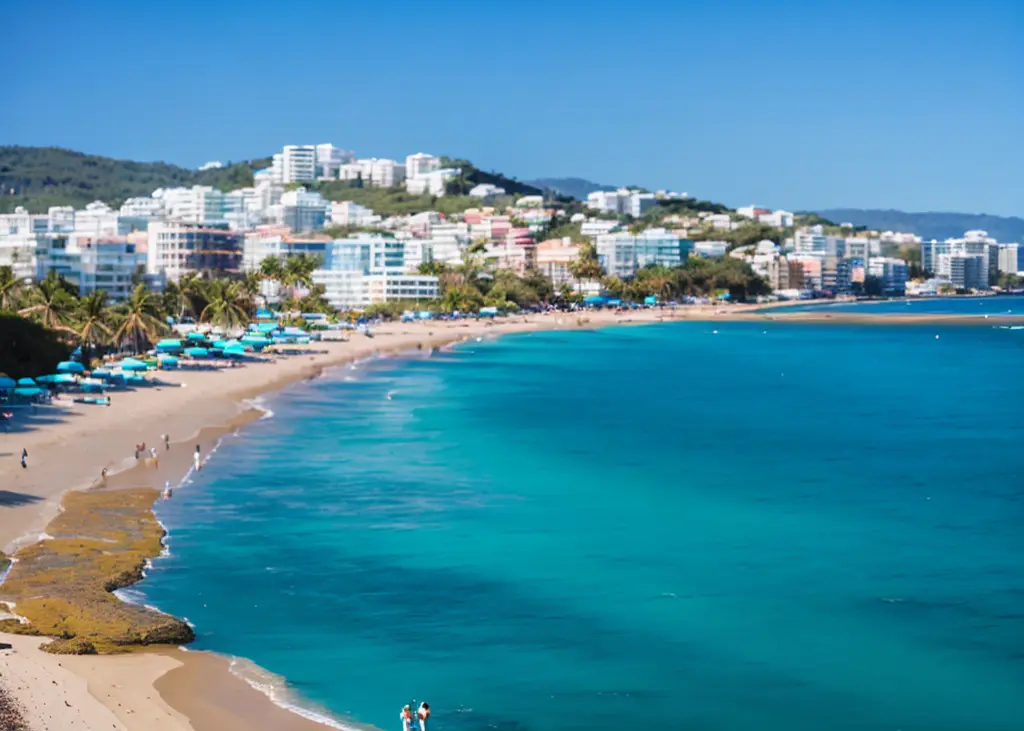
Important Information
How to Get There
Ferry from Athens (4–6 hours) or short flight from Athens International Airport.
What to Pack
Walking sandals, swimwear, light linen clothes, and a beach bag.
Accommodations
Family-run hotels, boutique stays, and seaside rooms.
Best Time to Visit
June or September for good weather and fewer crowds.
Accessibility
Old Town has narrow lanes and steps; newer beach areas are easier to navigate.
11. Ile de Ré - Charente-Maritime, France
This place gets under your skin slowly. Maybe it’s the sea air mixed with hollyhock blossoms. Or the way you can bike from one end to the other without breaking a sweat. No rush, no noise—just seagulls, shutters, and oysters.
The villages are postcard-perfect: whitewashed cottages, green shutters, and morning markets that smell like brine and butter. Saint-Martin-de-Ré has an old citadel and a harbor that looks straight out of a Wes Anderson film. I once stayed in a guesthouse where breakfast was served in the garden under fig trees. It was hard to leave.
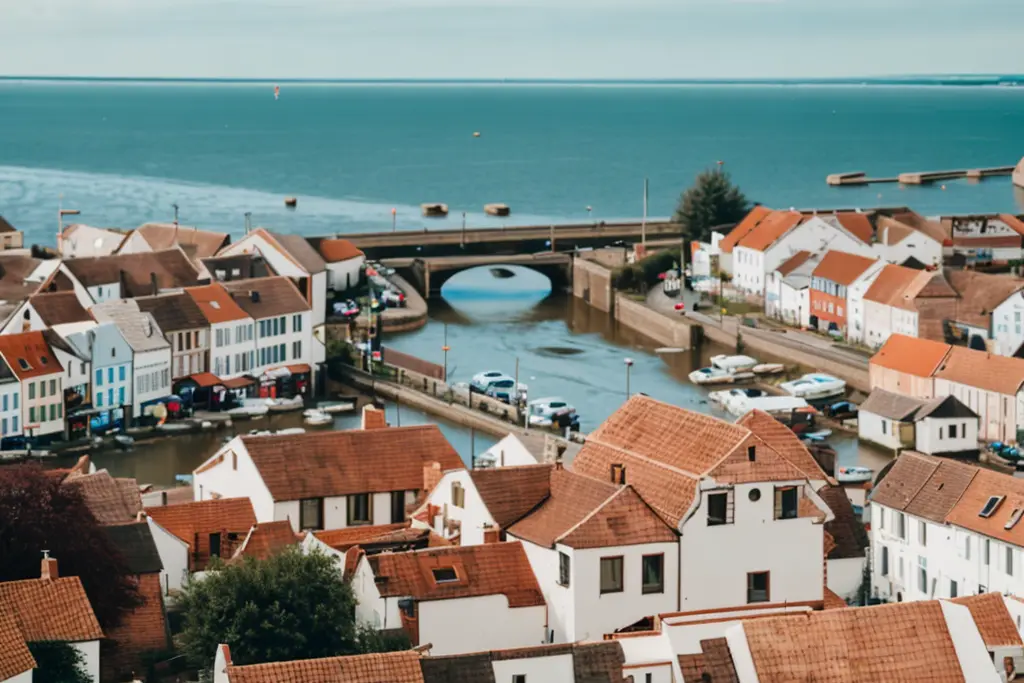
Important Information
How to Get There
Drive or bus from La Rochelle over the bridge; La Rochelle has rail and air links.
What to Pack
Bicycle gear, light jackets, beach clothes, and a market bag.
Accommodations
Charming guesthouses, seaside hotels, and vacation rentals.
Best Time to Visit
May–June or September for mild weather and fewer tourists.
Accessibility
Village centers are mostly flat; some beaches have ramps.
12. Biarritz - France
Biarritz is one of those places where you feel cooler just walking around. Surfers, retirees, artists, espresso-sipping locals—it’s a beautiful mix. And while cars do exist on the fringes, the best parts are made for walking: from the covered market to the rocky seaside promenade.
I remember sitting on a bench overlooking Côte des Basques as the sun went down. Waves rolled in like clockwork, and I thought, I get it now. This town knows how to balance elegance and edge, history and hedonism.
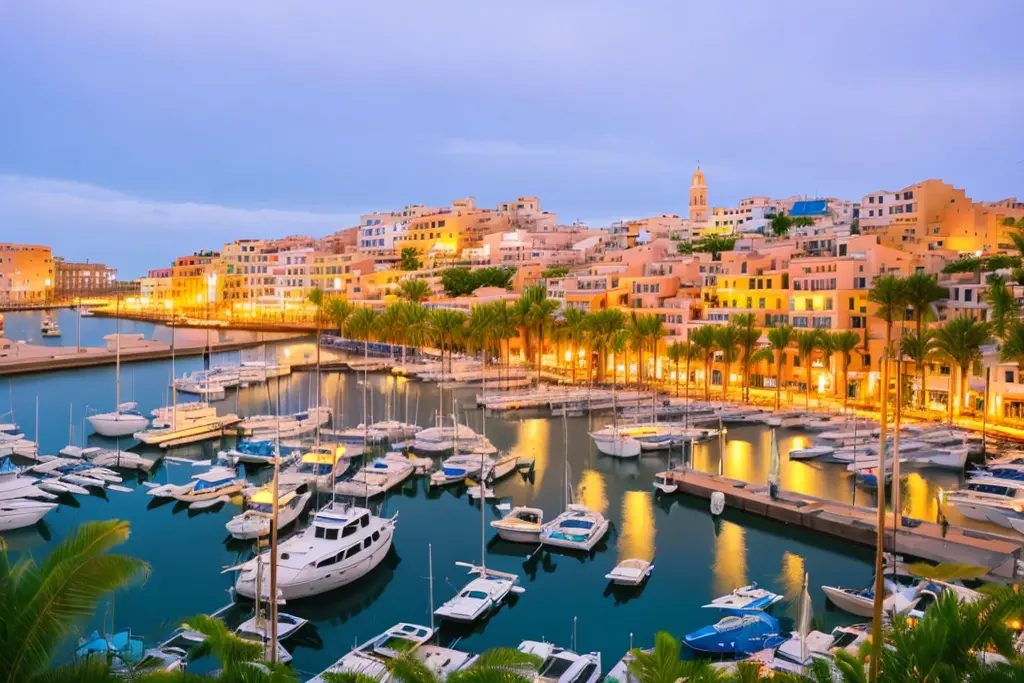
Important Information
How to Get There
Fly into Biarritz Airport or take a train from Bordeaux (2 hours).
What to Pack
Beachwear, casual evening clothes, and a light jacket for Atlantic breezes.
Accommodations
Historic hotels, boutique inns, and seaside apartments.
Best Time to Visit
June–September for beach weather; September is ideal for surfers.
Accessibility
Central areas and promenade are accessible; some coastal paths are steep.
Interactive Map
Conclusion
There’s something profoundly human about traveling without a car. You become part of the rhythm, not just a tourist passing through it. You notice the way sea salt clings to your skin, the texture of cobblestones underfoot, the lull of conversation in a café where no one’s rushing off anywhere.
Going car-free isn’t just eco-conscious—it’s soul-conscious. These places don’t just make for good travel photos. They make for good stories.
If you’re planning your next slow escape, Karta.com has you covered with places to stay that match your pace—think cozy B&Bs, tucked-away villas, and seaside rentals that feel like home.
Because sometimes, the best journeys don’t involve wheels—they involve wonder.
FAQs
1. Is it easy to reach these car-free beach destinations without flying?
Yes, many of them are well-connected by train or ferry, especially from major European cities. For example, you can take a high-speed train to La Rochelle and bike across the bridge to Île de Ré, or hop on a ferry from Naples to reach Ischia. For islands like Porquerolles or Lopud, regional airports and efficient ferry systems make car-free travel surprisingly seamless.
2. What’s the best time to visit these destinations to avoid crowds?
Late spring (May to early June) and early fall (September to mid-October) are ideal. The weather is still warm, the sea is swimmable, and most places are far quieter than in peak summer. You’ll also have a better chance at finding affordable accommodations, especially in hotspots like Biarritz, Formentera, or Tropea.
3. How far is Île de Ré from Paris, and can I get there without a car?
Île de Ré is about 3 hours from Paris by TGV to La Rochelle, followed by a short local bus or taxi across the bridge. Once on the island, cycling is the preferred (and most charming) way to get around. No car necessary—and honestly, it’s better without one.
4. Are these car-free spots suitable for families with kids?
Absolutely. Most of these destinations are actually more family-friendly without cars: fewer traffic worries, walkable villages, and calm beaches. Formentera, Lopud, and Île de Groix are especially great for younger children, with safe swimming spots and plenty of nature to explore.
5. What should I pack for a car-free beach holiday?
Pack light and smart. Think breathable clothes, sturdy walking sandals or sneakers, a foldable daypack, and reef-safe sunscreen. If you plan on biking, a padded seat cover can be a lifesaver. For islands like Serifos or Naxos, cash is still king in small villages, so keep some euros on hand.
6. How can I find accommodation in these car-free destinations?
Booking early is key, especially in high season. Use Karta.com to find unique stays that match the pace of each destination—like beachfront cottages, vineyard guesthouses, or family-run inns right in the heart of walkable old towns.


